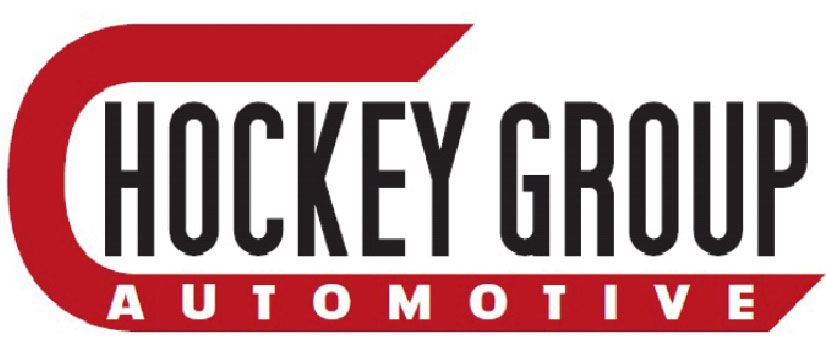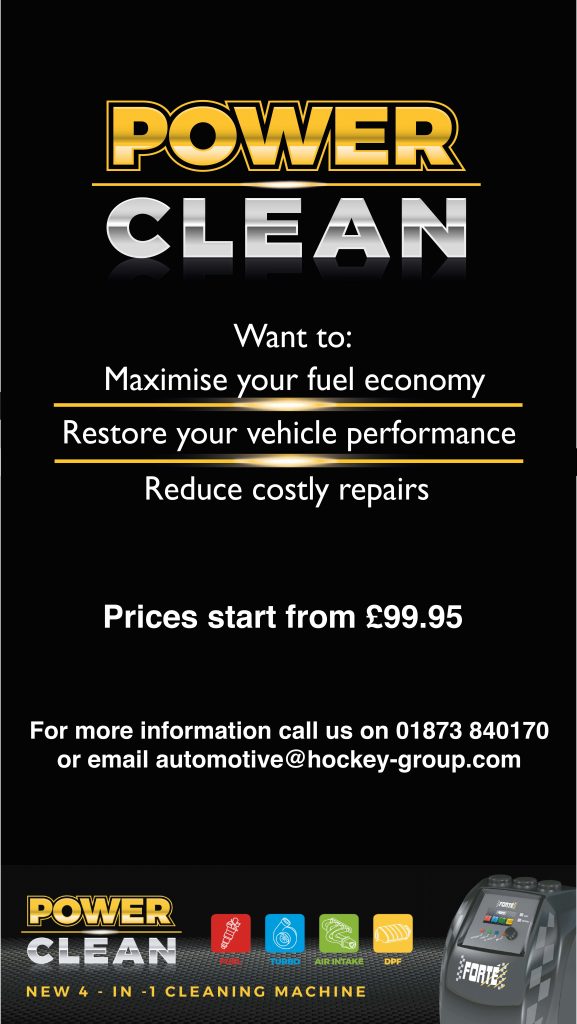Wondering what is checked during an MOT? Not to worry we have put together the below information on what is checked.
About the MOT
The MOT tests some important items on your vehicle to check that they meet the legal standards.
It isn’t the same as having your vehicle serviced and doesn’t check its general mechanical condition.
The test doesn’t cover the condition of the:
- engine
- clutch
- gearbox
These are some of the important parts of your car that will be checked in the MOT

Here is a list of parts checked
2.1 Body, vehicle structure and general items
These will be inspected to check that:
- they’re free from excessive corrosion or damage in specific areas
- there are no sharp edges likely to cause injury
2.2 Towbars
Towbars will be inspected for:
- secureness
- condition
- inappropriate repairs or modification
The MOT tester will also check that:
- the 13 pin electrical socket is working correctly
- the speedometer is in good working order
- the engine mountings are secure
2.3 Fuel system
The fuel system will be inspected to check that:
- there are no leaks
- the pipes and hoses are secure and in a good condition
- the fuel cap fastens and seals securely
You should make sure that the key is available as the fuel cap will need to be opened.
2.4 Exhaust emissions
The vehicle will be inspected, depending on the age and fuel type of the vehicle, to check that it meets the rules for exhaust emissions.
Diesel vehicles
The MOT tester will refuse to test your vehicle if they think that the smoke test may damage your engine.
You should tell them at the start of the MOT if you think this may happen.
To reduce the possibility of damage and increase the chances of passing, you should:
- keep your vehicle maintained at all times
- have the camshaft drive belt replaced at the recommended intervals
- go for the MOT with a fully warmed up engine – it will produce less smoke and is safer to test
- not tamper with the governor settings
2.5 Exhaust system
The exhaust system will be inspected to check that:
- it’s secure and complete
- a catalyst isn’t missing where one was fitted as standard
- it’s without serious leaks and not too noisy
2.6 Seatbelts
The vehicle will be inspected to check that:
- the mandatory seatbelts are in place
- they are suitable for the vehicle
- they are in a good condition
- they work properly
- they are attached securely
The malfunction indicator lamps (MILs) or dashboard warning lights will be checked for the:
- air bags
- seatbelt pretensioners (which remove the slack from a seatbelt in the event of a collision)
- seatbelt load limiters (which release a small amount of belt when it’s too tight)
2.7 Seats
These will be inspected to check that:
- the driver’s seat can be adjusted
- all seats are securely fitted and that seat backs can be fixed in the upright position
2.8 Doors
These will be inspected to check that:
- the latch is secure in the closed position
- the front doors open from inside and outside the vehicle
- the rear doors open from outside the vehicle
- hinges and catches are secure and in a good condition
2.9 Mirrors
The vehicle will be inspected to check for the minimum number of mirrors, their condition and security. Indirect vision devices will also inspected.
2.10 Load security
The vehicle will be inspected to check that the boot or tailgate can be closed properly.
2.11 Brakes
These will be inspected to check:
- their condition, including inappropriate repairs or modifications
- their operation and performance (the efficiency test) – the wheels and trims aren’t removed as part of the test
- the anti-lock braking system (ABS) and electronic stability control (ESC) (where fitted)
The MILs or dashboard warning lights will also be checked for the ABS, ESC, electronic park brake and brake fluid warning lights.
2.12 Tyres and wheels
These will be inspected to check for:
- condition
- security
- tyre size and type
- tread depth
Spare wheels and tyres are not inspected.
Vehicles first used on or after 1 January 2012 will be checked to make sure the tyre pressure monitoring system (TPMS) MIL is working.
2.13 Registration plates
These will be inspected to check for:
- condition
- secure attachment
- colour
- characters correctly formed and spaced
2.14 Lights
These will be inspected to check:
- their condition
- operation, including high intensity discharge (HID) and light emitting diode (LED)
- the headlamps for cleaning, self levelling and security
- headlamp aim
- main beam warning light working
2.15 Bonnet
This will be inspected to check that it closes securely.
2.16 Wipers and washers
These will be inspected to check that they work properly so the driver has a clear view of the road.
2.17 Windscreen
The windscreen will be inspected to check for:
- condition
- the driver’s view of the road
2.18 Horn
This will be inspected to check:
- that it works properly
- it’s suitable for the vehicle
2.19 Steering and suspension
These will be inspected to check:
- their condition
- steering oil level
- they work correctly
- for inappropriate repairs or modification including corrosion to power steering pipes or hoses
- that the steering lock mechanism works properly
The MILs or dashboard warning lights will also be checked for the electronic power steering and steering lock.
2.20 Vehicle identification number (VIN)
The VIN will be on vehicles first used on or after 1 August 1980. Your car will be inspected to check that a single VIN is displayed, except on multistage build vehicles (eg van conversion, BMW, Alpina etc).
2.21 Electrical
Visible electrical wiring and the battery will be checked.
Source: GOV.UK Website
If your vehicle is due an MOT then please call us on 01873 840170 to book your vehicle in or if you want to check when your MOT is due click here


